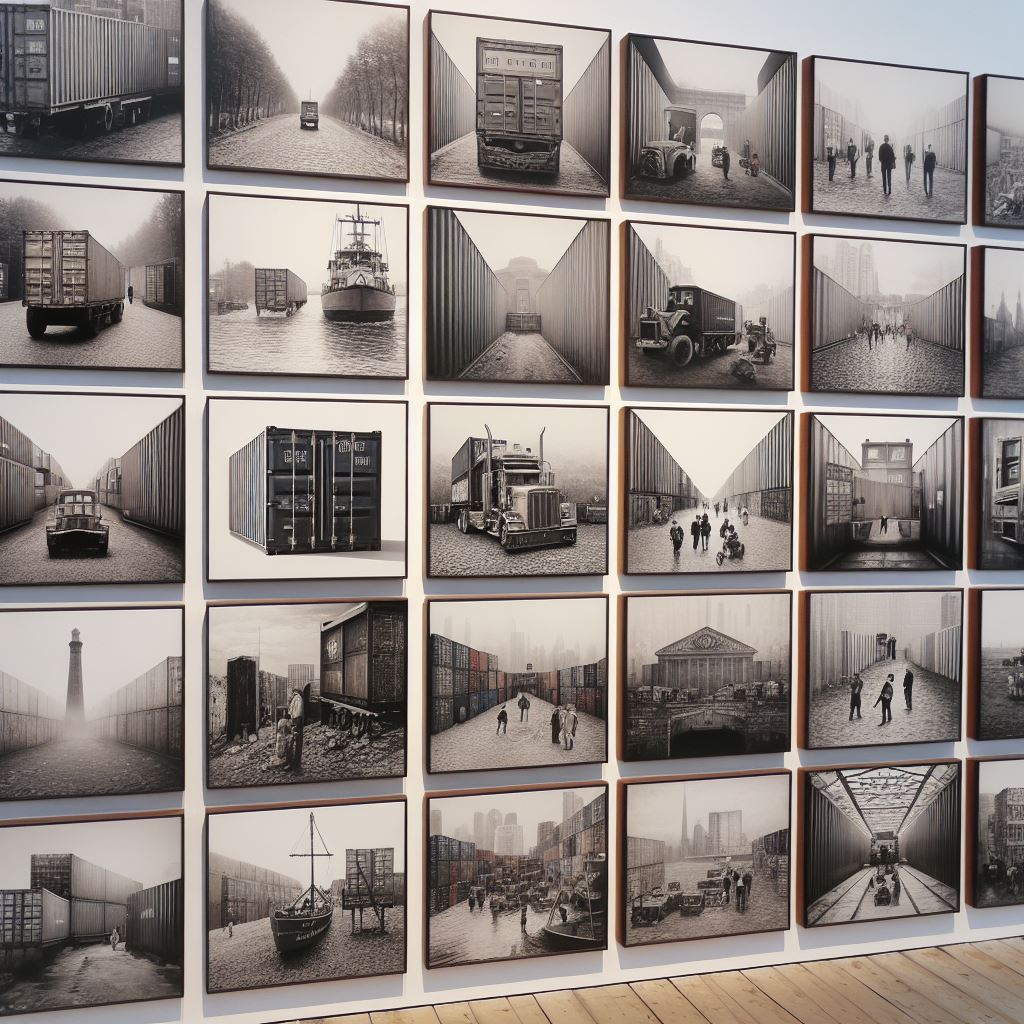
The world of logistics and container transportation has long been associated with the movement of goods across continents and oceans. The humble shipping container, once merely a vessel for transporting cargo, has transcended its conventional role. Pioneers of sustainable design have propelled the utilization of these steel boxes to new heights, leading to an array of innovative repurposed container projects that astonish and inspire.
Shipping Containers: A Canvas for Creativity
Originally engineered for durability and security, shipping containers have been revolutionized into a blueprint for architectural innovation. The adaptability of these structures is a testament to human ingenuity. Architects and designers around the globe are harnessing the potential of repurposed containers to construct spaces that are not only functional but aesthetically appealing.
One of the most remarkable transformations in shipping container architecture is its emergence as a cornerstone for container housing solutions. A blend of modularity, affordability, and speed of assembly makes these containers an ideal choice for residential construction. Container housing projects are cropping up worldwide, offering an economical and eco-friendly alternative to traditional building methods.
The intrinsic characteristics of containers, such as uniformity in size and shape, have allowed for the development of customizable living spaces. Architects are employing cutting-edge design techniques to meld multiple containers, creating houses that are both spacious and tailored to individual preferences. The concept of container homes has captivated the attention of a demographic yearning for sustainable design without compromising on style or comfort.
The balance of form and function is crucial in shipping container architecture. This guiding principle ensures that while container housing is aesthetically pleasing, it also remains highly practical. Innovations in insulation and interior design have made container homes energy-efficient and livable, year-round, in varied climates.
Commercial Reuse
Beyond container housing, repurposed containers have found their niche in the commercial sector. Entrepreneurs have recognized the potential of containers to serve as versatile spaces for businesses.
The concept of pop-up shops is a brilliant example of container reuse projects in action. Shipping containers provide an ideal framework for these temporary retail spaces, allowing for mobility and ease of setup. The tough exterior of containers offers security for merchants, while the ability to customize the interior space caters to the unique requirements of different vendors.
The food industry has also embraced shipping container architecture with open arms. From quaint cafes to upscale restaurants, containers are being outfitted as fully functional dining areas. These projects underscore the versatility of containers, demonstrating that with a bit of imagination, the confines of these metal boxes can bloom into vibrant social hubs.
The art community has found a kindred spirit in shipping containers. These robust structures are being transformed into galleries and studios, providing a sanctuary for artists and a novel experience for art enthusiasts. Their inherently modular nature allows for the creation of dynamic spaces that challenge the conventional norms of art display and engagement.
The Sustainable Edge
In the quest for sustainability, shipping container architecture shines as a beacon of environmentally-conscious construction. The tenets of sustainable design are embedded within every repurposed container project.
Containers destined for obsolescence find new purpose in architectural projects, thereby reducing the environmental toll of new construction materials. Moreover, the innate strength of containers minimizes the need for additional structural support, thus conserving resources and energy.
Container reuse projects have paved the way for urban agriculture initiatives, where containers serve as controlled environments for growing produce. This integration of agriculture into urban settings not only promotes sustainability but also fosters a sense of community as residents involve themselves in local food production.
Repurposed containers are proving effective as community spaces that further the cause of environmental education. These reinvented structures provide venues where individuals can learn about green living and sustainable practices, encouraging a collective effort to a sustainable future.
Challenges and Opportunities
While shipping container architecture heralds a sustainable and innovative approach to construction, it also presents unique challenges. Navigating building codes, ensuring proper insulation, and overcoming the stigma associated with living in “cargo boxes” are hurdles that enthusiasts of container architecture must contend with.
The need for collaborative efforts between architects, engineers, and governing bodies is critical to refining and optimizing practices in shipping container architecture. Ongoing research into sustainable materials and technologies will also contribute to the efficacy and appeal of repurposed containers in the architectural landscape.
The shipping container’s journey from a mere cog in the wheel of global trade to a cornerstone of green architecture reflects society’s capacity for innovation. Around the globe, communities are leveraging the flexibility and practicality of these structures to create spaces that are not just places of residence or commerce but emblems of eco-conscious living.
As experts in the logistics sector, we witness firsthand the multitude of containers that voyage across seas. Bearing witness to their transformation into edifices of creativity and sustainability is a testament to the adaptability and resilience of human endeavor. Shipping container architecture is not just a trend; it is a burgeoning field that merits attention for its contributions to green building and innovative design.
Embracing the repurposing of shipping containers goes beyond the novelty of using unconventional materials. It represents a commitment to sustainable design and a vision for a greener, more adaptable built environment, and this is a commitment that we, as logisticians, are uniquely positioned to appreciate and promote.


